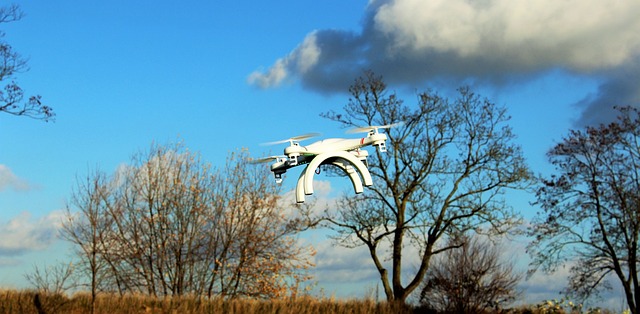FAA Rule Clears Commercial Drone Use for Take Off
On June 21, the Federal Aviation Administration (FAA) released operational rules that now make it easier than ever to use drones commercially. The approved rules are set to take effect on August 1, 2016. The REALTORS® Land Institute continues to support the progress made by the FAA to facilitate the use of drones in the industry. RLI and NAR will continue to work towards increasing the possibilities of use for industry operators, including “beyond visual line of sight” flights commonly used by land professionals when filming/photographing large tracts of land. Read more.
Top 3 Takeaways for the FAA’s New Drone Rule
Top Takeaway: This Final Rule will lead to more predictability in the market for drone-based services. The rule will create a broader base of trained operators and service providers and make it easier for real estate professionals to utilize this new technology in their business.
- Education provision: The new rule clarifies that if the drone is for commercial purposes, the operator must be certified, but does not have to be a licensed pilot. A less burdensome new certification for ‘remote pilot in command’ authority will replace the need for a previously required pilot’s license. The certification test is administered at FAA testing centers and is knowledge-based only. The cost is about $150, and will takes around 20 hours of study time to prepare; the test itself is 3 hours long. Operators will still need to pass a background check performed by the TSA.
- Flight operations permitted: flights may be conducted during daylight hours, within visual line of sight, not directly over non-participants, altitude limit 400’, and 100 MPH max speed.
- Provisions for flight over non-participants will be addressed in a future rule-making.
- Daylight-only operations, or civil twilight (30 minutes before official sunrise to 30 minutes after official sunset, local time) with appropriate anti-collision lighting.
- Almost all of the operational requirements can be waived, which leaves room for innovation and experimentation with the technology.
See a summary from the FAA.



